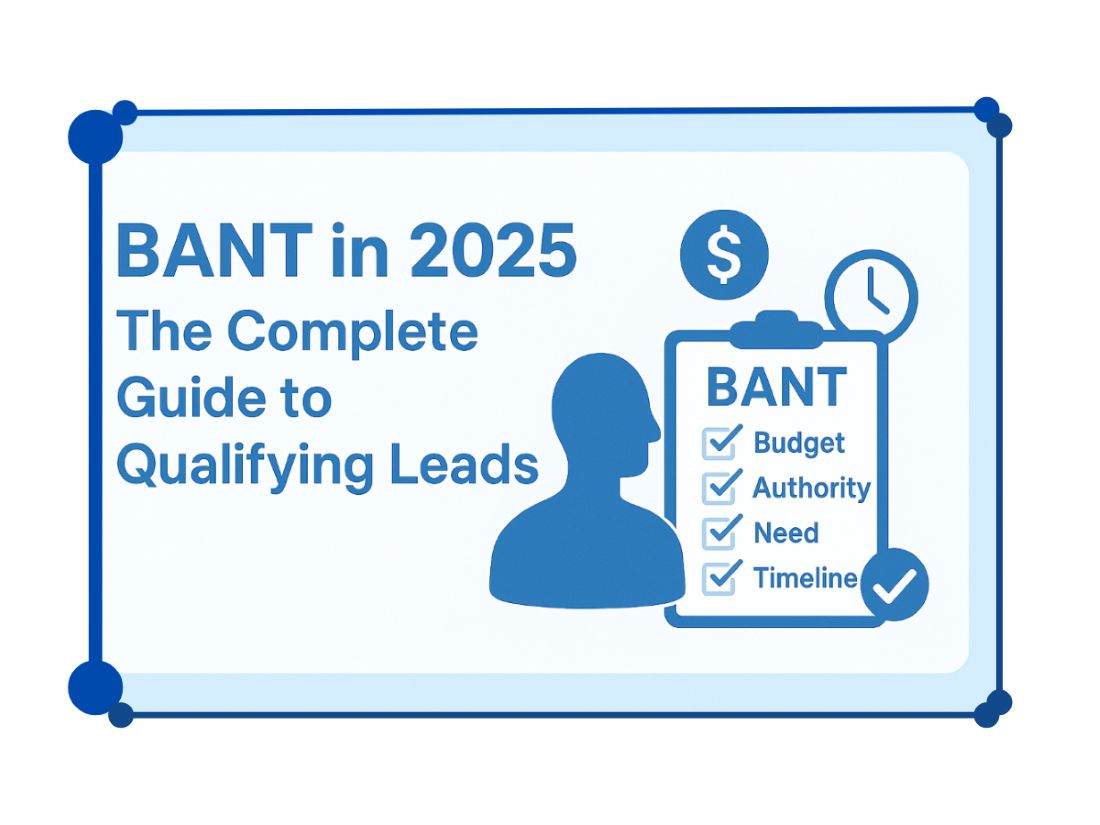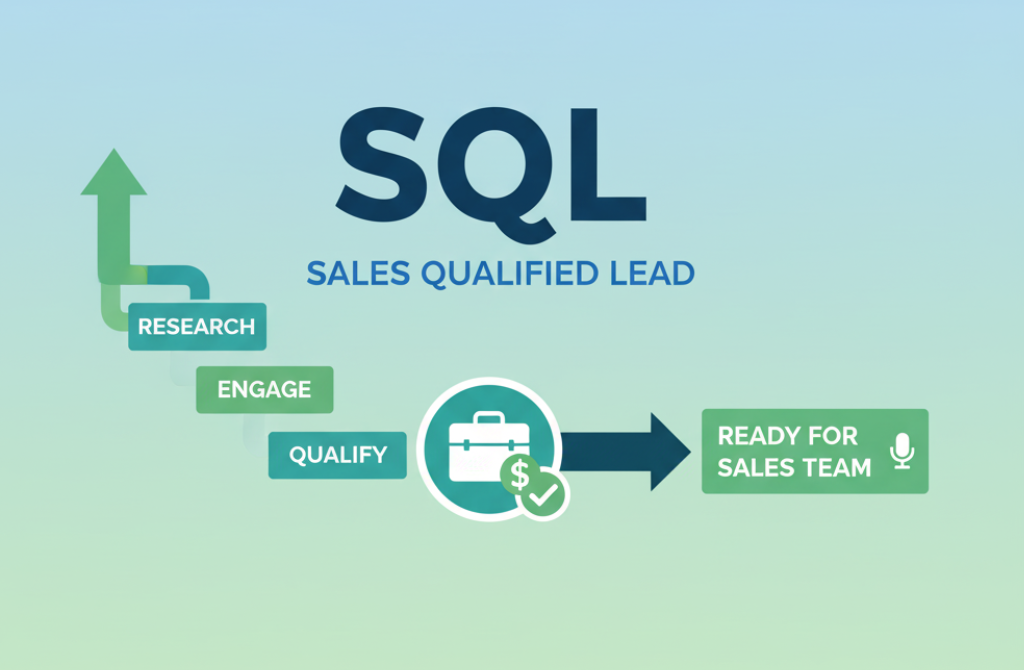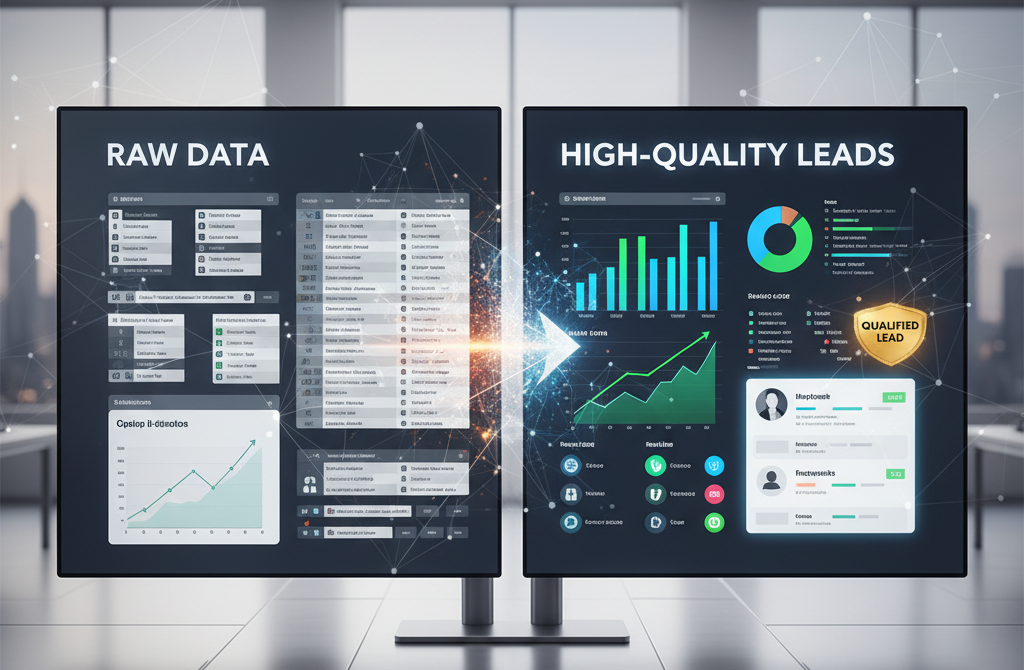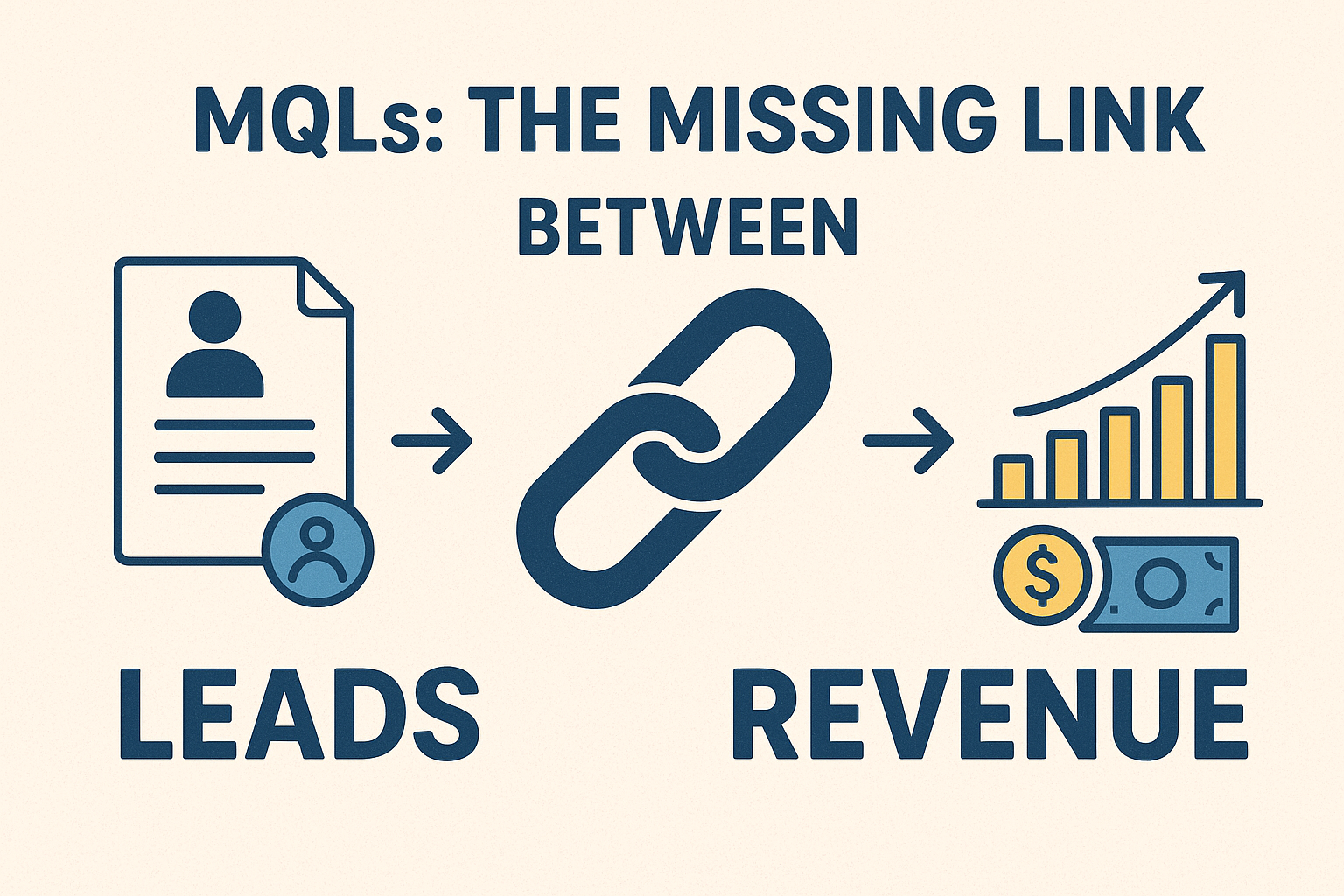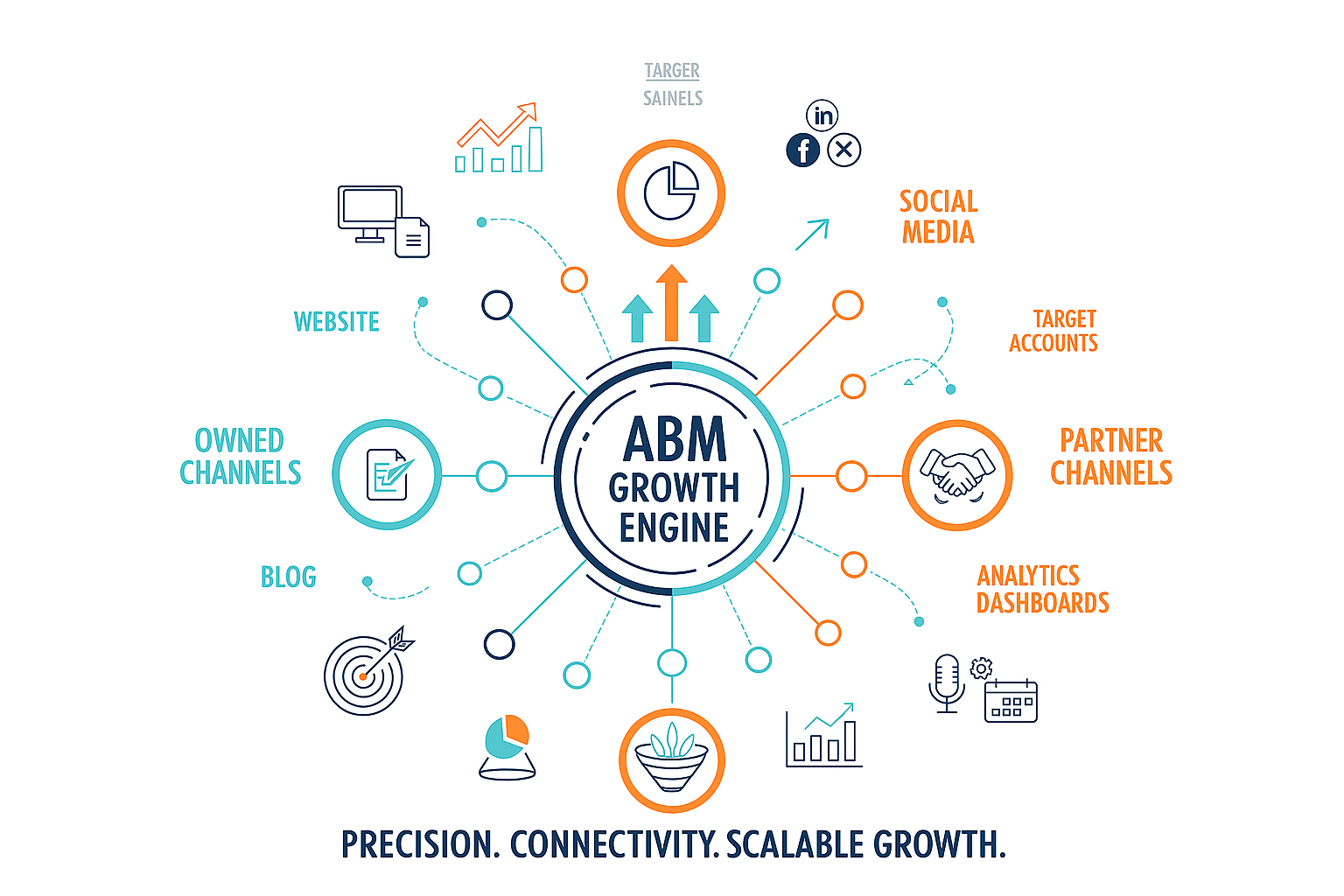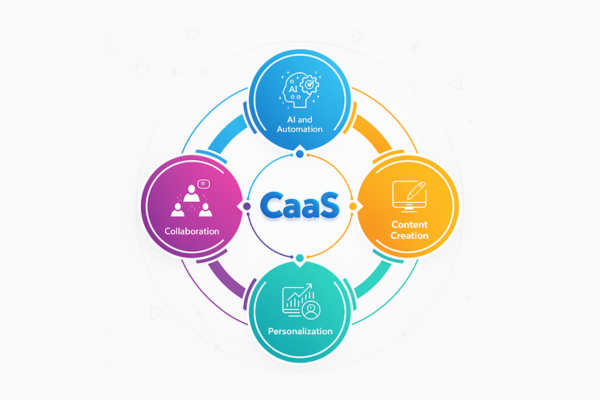In B2B sales, time is money. Sales reps often chase leads that look promising but end up going nowhere, costing hours, effort, and resources. The key to avoiding this? Qualifying leads effectively before investing too much time.
One of the most time-tested frameworks for this is BANT, a method designed to help sales teams focus on prospects who are most likely to buy. While BANT is decades old, it has evolved to fit the realities of modern, complex B2B buying processes.
This blog will walk you through what BANT is, why it works, how to use it step-by-step, common mistakes to avoid, and how to adapt it to today’s sales world.
Table of Contents
Toggle1# What is BANT?
BANT stands for:
- Budget – Does the prospect have the money to buy?
- Authority – Is the prospect the decision-maker?
- Need – Does the prospect have a problem your product solves?
- Timeline – When do they plan to purchase?
It was originally developed by IBM as a quick way for salespeople to decide if a lead was worth pursuing.
Example:
Imagine you’re selling a SaaS platform that helps automate HR processes.
- Budget: Does the HR director have budget approval for tech upgrades?
- Authority: Is the HR director the final decision-maker, or do they need CFO approval?
- Need: Is their HR process currently slow or outdated?
- Timeline: Do they need a solution before the next hiring season?
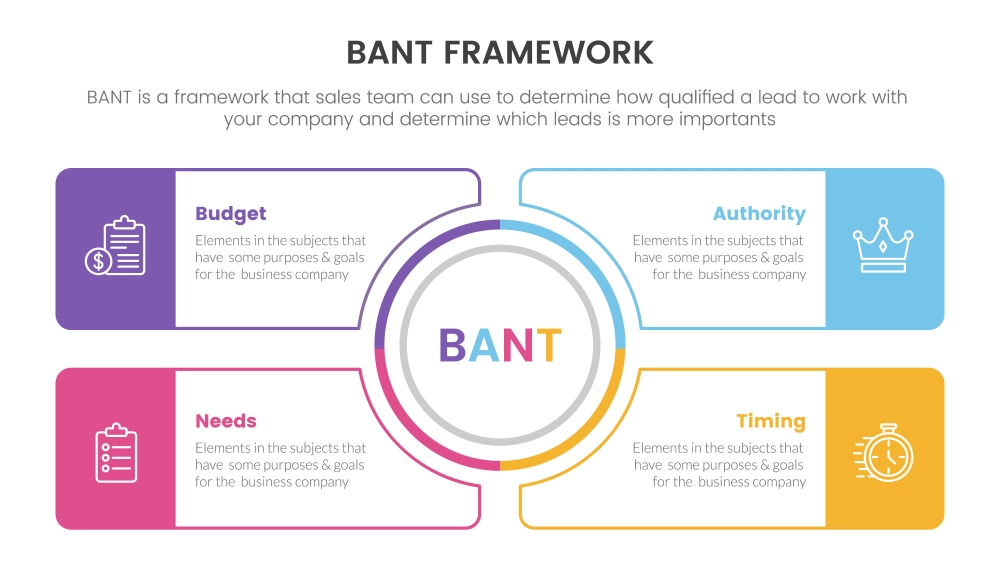
2# Why BANT Still Matters in 2025
Even with AI tools, CRMs, and automated lead scoring, sales teams still need a conversation framework to ensure they’re spending time on the right people.
- 68% of B2B buyers have shorter buying cycles than before.
- 47% of deals close within 3–6 months, meaning you can’t waste time on unqualified leads.
- BANT offers a structured, repeatable way to quickly understand if a prospect is worth the follow-up.
3# Breaking Down the BANT Framework
1. Budget: Do They Have the Financial Resources?
Definition: Understanding whether the prospect can afford your product or service.
Why it matters:
Even if the prospect loves your solution, they can’t buy it if there’s no funding. However, budget discussions today can sometimes be more nuanced; money can be found if the value is clear.
Questions to Ask:
- “How do you allocate budgets for this type of project?”
- “What other investments are you prioritizing this year?”
- “If this project delivers ROI, can you secure additional funding?”
Pro Tip: Don’t disqualify too early; some prospects don’t have a set budget until they see your solution’s value.
2. Authority: Are You Talking to the Decision-Maker?
Definition: Knowing whether the person you’re speaking with has the power to approve the purchase or at least influence it.
Why it matters:
B2B buying decisions often involve buying committees you might need buy-in from multiple stakeholders.
Questions to Ask:
- “Who else will be involved in the decision-making process?”
- “How do decisions like this typically get approved in your company?”
- “Is there anyone else you think should be in our next meeting?”
Pro Tip: Build relationships with influencers and champions inside the company, not just the final approver. Influencers, both internal and external, can play a key role in moving deals forward. Leveraging B2B influencer marketing can help you build trust and reach decision-makers faster.
Learn more about how B2B influencer marketing can elevate your brand and drive growth.
3. Need: Do They Have a Problem You Solve?
Definition: Identifying whether your product or service addresses a real, pressing challenge for the prospect.
Why it matters:
If there’s no problem, there’s no sale. But sometimes prospects aren’t fully aware of their problem until you highlight it.
Questions to Ask:
- “What challenges are you currently facing in this area?”
- “What would happen if this issue weren’t resolved?”
- “What solutions have you tried so far?”
Pro Tip: Dig deeper, buyers often share surface-level problems, but the real need lies underneath.
4. Timeline: When Will They Buy?
Definition: Understanding the urgency of the purchase.
Why it matters:
If their project isn’t starting for another 18 months, you may want to nurture them rather than push for a close.
Questions to Ask:
- “When are you hoping to have a solution in place?”
- “Is there a specific event or deadline driving this project?”
- “If we found the right solution, how soon could you start?”
Pro Tip: Match your follow-up schedule to their buying window.
4# Modern Challenges to Traditional BANT
While BANT works, today’s sales environment introduces complexities:
- Buying committees: Authority is rarely one person.
- Value-led budgets: Many companies allocate budget after seeing value.
- Longer sales cycles for big purchases: You may need to qualify and re-qualify leads.
5# How to Apply BANT in 2025
Here’s a step-by-step process:
- Research before the call – Use LinkedIn, company websites, and news to learn budget clues, decision-makers, and possible needs.
- Start broad, then narrow – Begin with open-ended questions before diving into budget and timeline specifics.
- Log data in CRM – Track BANT details so you can prioritize follow-ups.
- Re-qualify over time – Needs, budgets, and timelines change; update BANT info regularly.
- Integrate with tech tools – Use AI-powered CRMs that can detect buying signals and update BANT criteria automatically.
6# Common Mistakes to Avoid
- Treating BANT like a checklist interview, it should be a conversation.
- Disqualifying too soon based on budget.
- Only talking to one person instead of mapping the buying group.
- Ignoring that priorities and timelines can change quickly.
7# Example: BANT in Action
Scenario: Selling cybersecurity software to a mid-sized company.
- Budget: They’ve set aside $80K for security upgrades.
- Authority: You’re talking to the IT director, who works closely with the CFO.
- Need: They recently experienced a phishing attack and need stronger defenses.
- Timeline: They want the solution before the next quarter starts.
This leads scores high on BANT and should be prioritized.
8# Integrating BANT with Other Frameworks
In 2025, many companies combine BANT with newer frameworks like:
- MEDDIC (Metrics, Economic Buyer, Decision Criteria, etc.) for complex enterprise sales.
- CHAMP (Challenges, Authority, Money, Prioritization) for challenge-focused selling.
This hybrid approach provides more depth while keeping BANT’s simplicity.
Key Takeaways
- BANT = Budget, Authority, Need, Timeline, a simple but powerful way to qualify leads.
- It works best when used conversationally, not as a rigid form.
- Modern adaptations focus more on value creation and multi-stakeholder selling.
- Combining BANT with other frameworks and AI tools makes qualification more accurate.
FAQ’s
- How can BANT be adapted for inbound vs. outbound leads?
Inbound leads often come with partial BANT data from forms or site activity; just confirm and expand it. Outbound leads require uncovering all criteria through research and conversation.
- What’s the best way to handle a prospect who meets 3 out of 4 BANT criteria?
If one criterion is missing, such as budget, you can still move forward by nurturing the relationship, offering value-based ROI cases, and keeping the prospect in your pipeline until circumstances change.
- How do cultural differences affect BANT questioning in global B2B sales?
In some regions, discussing budget or authority early can be seen as intrusive. Adjust the order and phrasing of questions to suit the cultural context, and focus first on building trust.
- Can BANT be automated using AI without losing the human touch?
Yes, AI can analyze communication patterns, CRM data, and digital behavior to pre-qualify leads, but human interaction is still vital to validate nuances like urgency, personal motivations, and internal politics.
- How do you ensure BANT data stays accurate over long sales cycles?
Implement a regular re-qualification schedule monthly, quarterly, or based on project milestones, so that shifts in budget, priorities, or decision-makers are reflected in your CRM before they cause delays.
Conclusion
Implementing the BANT framework provides a disciplined way to qualify leads and close deals. Sales professionals can achieve success by prioritizing efforts and adjusting methods based on the prospect’s budget, authority, need, and timetable.
If you are looking for BANT-qualified leads for your business, Pangea Global Services is here to help. To learn more, contact us now.
